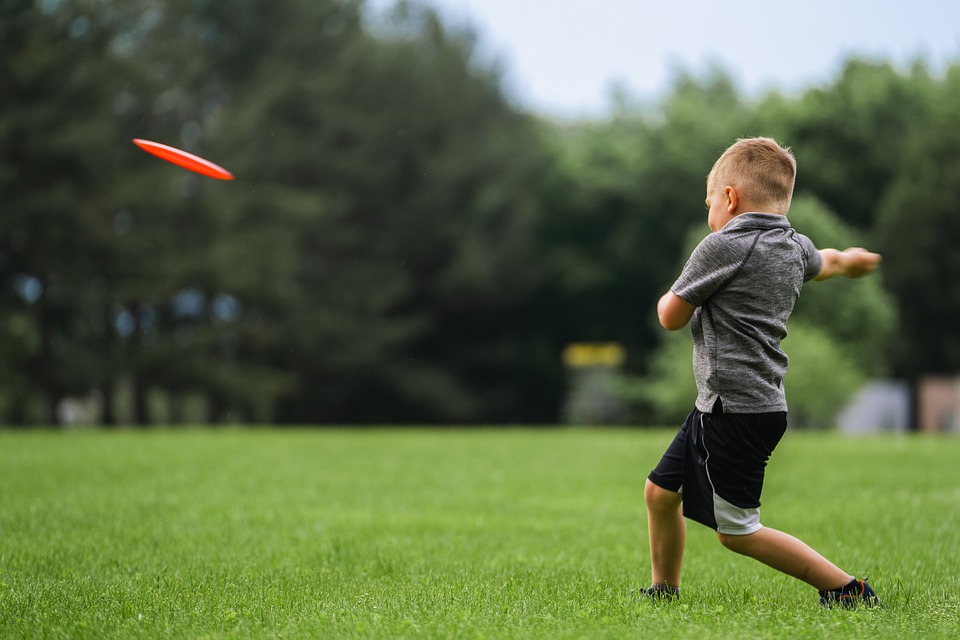Nature lovers, it’s time to rejoice: there’s been a reprieve for a precious bit of wildness that many of us hold dear.
Last month, the city agreed to remove, at least temporarily, the nine-hole disc golf course it installed last fall on the wide crescent of sand at Woodbine Beach. The city’s intentions for this part of Ashbridge’s Bay Park were good: the goal was to create an additional opportunity for outdoor recreation during the pandemic.
But neighbourhood birders and other nature lovers were horrified when they saw the disc golf baskets poking up in the middle of Woodbine Beach’s sand dunes. The Great Lakes Guide published by Swim Drink Fish says that fragile freshwater dunes like those at Woodbine are among North America’s rarest ecosystems, and naturalists quickly realized that disc golf was incompatible with the sensitive dunescape there. During regular play, disc golfers would trample the vegetation, resulting in destruction of the sensitive habitat.
After high water levels in Lake Ontario caused Woodbine Beach to flood in 2017, the area was left to naturalize and restoration work, including the spraying and removal of a large stand of invasive phragmites, has begun. So far, naturalists have identified more than 272 species of plants and animals there, including native grasses, sedges, rushes and flowers. Some of the species are rare, including umbrella flatsedge, a native sedge that had not been documented in Toronto for more than 100 years.
As a regular park user, I have been thrilled to see a huge variety of species, from the large and obvious to the tiny and hidden, reanimate this tiny jewel of land. I have watched, transfixed, as red-tailed hawks perch high in the cottonwoods that overlook the dunes, hunting for a meal only they can see in the wild grasses far below. The hawks remain motionless for minutes at a time, as if they’ve been frozen in an avian game of Red Light, Green Light. At other times they soar over the dunes, rising on the updrafts, in flight that looks more like pure joy than business.
In the spring, the shorebirds come a-calling. Last month, killdeers returned to this wide expanse of beach, looking for a spot to breed and nest. The male of this handsome species, a type of plover, scrapes out a shallow depression with his feet that will be lined with pebbles and grass. After mating, the female will lay up to five eggs in the scrape; come May, there will be a clutch of killdeer chicks racing over the dunes, stabbing at the sand in search of insects to eat.
Should portions of the dunes flood in summer, other much bigger birds will arrive to claim the easy pickings in the shallow water. Families of trumpeter swans, the continent’s largest native waterfowl, will sail through, impressing all who see them with their beauty and the complexity of their brassy conversations. There will be great egrets, too. One summer I watched as five of the huge white herons spread their enormous wings and picked their way through the water, one foot at a time, delicately, almost in slow motion. They reminded me of a corps de ballet performing a well-choreographed dance.
Come fall, when the floodwaters have usually receded, there are other wonders to behold around the dunes. There will be dragonflies and damselflies, acrobats of the insect world, by the hundreds. Green darners, one of the largest species of dragonfly, gather at Ashbridge’s Bay before undertaking the first leg of their migration that will take them across Lake Ontario to points south. You have to look hard to see them when they’re not flying. They rest in the brush at the edge of the dunes — exactly where one of the disc golf holes had been located — where their colouration hides them almost perfectly. When they land on a branch, making an audible click as they attach themselves, they instinctively position the long axis of their bodies perpendicularly to the angle of the sun’s rays, the better to soak up their muscle-warming energy.
And then, of course, there are the monarch butterflies. They, too, gather in the plants that edge the dune, resting and gorging on the nectar of asters and goldenrods before beginning their migration across the lake.
These species, and hundreds more, will be the beneficiaries of the city’s decision to remove the disc golf course. And while they can’t thank the people responsible, I can. Two people, in particular, spearheaded the long, uphill push to protect the dunes. Last fall, Noam Markus, a Toronto birder and citizen scientist, teamed up with long-time Beach resident Clyde Robinson, working under the umbrella of Toronto Nature Stewards, to work toward the removal of the disc golf course. They, along with representatives from groups like the Toronto Field Naturalists, the Toronto Entomologists’ Association, the Toronto Ornithological Club, the Ontario Field Ornithologists and Nature Canada’s Bird Friendly City-Toronto Team, wrote letters, called and met with city politicians and officials in the city’s parks, forestry and recreation division, and Toronto and Region Conservation Authority.
The hard work of all involved was rewarded on March 24 when the city wrote to the concerned parties advising that the baskets would be removed by March 31 in advance of the breeding and nesting season. (That has since be done.) The city’s letter said staff would monitor the site over the spring and summer and decide whether the baskets would then be reinstalled or relocated to a different area of the park for all-season use.
Markus, Robinson and the rest of the naturalist community consider the city’s decision to “pause” the disc golf course a partial win. In a letter to the community, Robinson wrote: “This is not a done deal. We must remain vigilant and organize.”
Our wild spaces are under siege everywhere. It only makes sense to take care of what bits we have left and continue to work toward their long-term protection.
SHARE:



 Private Internet Access gives you unparalleled access to thousands
of next-gen servers in over 83 countries and each US state. Your
VPN experience will always be fast, smooth, and reliable.
Private Internet Access gives you unparalleled access to thousands
of next-gen servers in over 83 countries and each US state. Your
VPN experience will always be fast, smooth, and reliable.